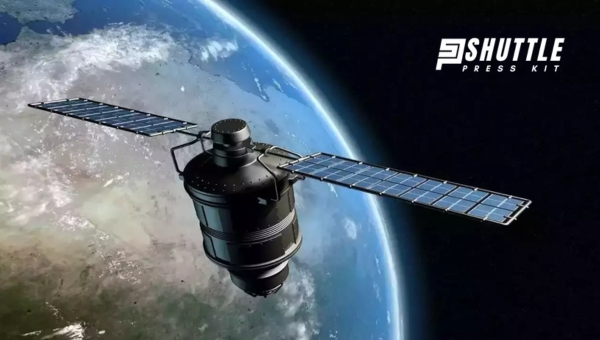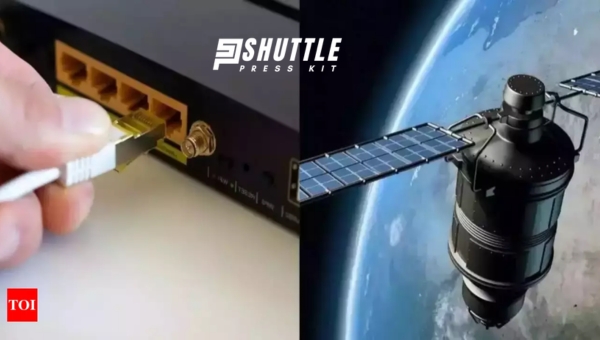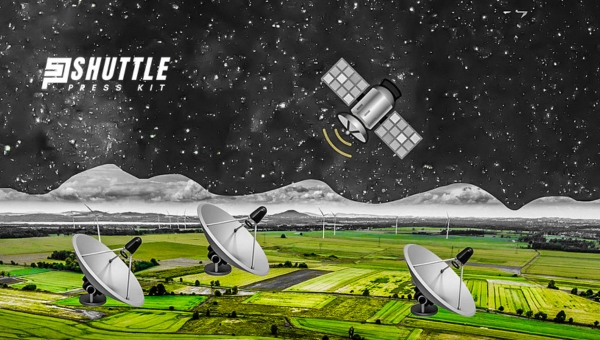Have you ever wondered how people in remote areas get online? Yes, it’s thanks to Satellite Internet. As someone who’s fascinated by how the world connects, I’m always excited to share insights about this amazing technology. Just imagine clicking a button and connecting with someone on the other side of the globe – no cables required!
So, what is Satellite Internet exactly? It’s a wireless connection that uses satellite signals to give you internet access. Instead of using cables or phone lines, your computer sends and receives data through a dish on your roof to satellites orbiting Earth. This means you can get internet even where cables don’t reach! It’s not just convenient; it makes staying in touch from just about anywhere possible.
What Is Satellite Internet?
Satellite internet is a type of internet connection that utilizes satellites orbiting the Earth to deliver internet access to users.

This technology bridges the gap for users in remote or rural areas where traditional broadband options like DSL, cable, or fiber optics aren’t available. By using a dish to send and receive signals from these satellites, users are connected to their internet service provider (ISP), allowing them to access the worldwide web.
Despite its wider availability across all 50 states, satellite internet has its limitations, chiefly being slower speeds compared to its terrestrial counterparts. However, for individuals living outside the reach of standard broadband services, it provides an essential link to online resources, making it a vital option for connecting underserved locations to the rest of the digital world.
Also Read: Starlink Volcano Mount Guide: Easy DIY Installation Tips
Comparing Satellite Internet Speeds to Other Types
When selecting an internet service, speed is a crucial factor that can significantly affect your online experience. Satellite internet has evolved with download speeds up to 100 Mbps, offering a viable option for remote areas. However, when comparing it to other forms of broadband like cable and fiber optics, there are notable differences in capabilities and performance.

- Satellite Internet: Although improvements have been made, satellite internet generally offers download speeds of up to 100 Mbps. High latency can be a drawback due to the signal distance traveled.
- Cable Internet: Cable delivers a wider range of speeds varying from 10 to 500 Mbps in downloads and 5 to 50 Mbps in uploads. This makes it highly suitable for demanding online tasks such as HD streaming and gaming.
- Fiber Optic Internet: Fiber optics stand out with lightning-fast download speeds ranging from 250 to 1,000 Mbps. This technology supports ultra-high-definition streaming, extensive online gaming sessions without lagging issues, and simultaneous use across multiple devices.
- DSL Internet: Some DSL providers may offer slower speeds than high-end satellite options, with downloads between 5 and 35 Mbps and uploads from 1 to 10 Mbps. Its performance tends heavily on the distance from the service provider’s central location.
By understanding these key differences in internet speed types, consumers can better choose an option that aligns with their specific needs for both work and entertainment purposes.
Satellite Internet Pros and Cons
Satellite internet provides a vital connection option for those in rural areas far from traditional wired services. Although it introduces the potential for faster speeds and expansive coverage, especially with upcoming providers like Starlink and Amazon,

it has its limitations including latency issues, susceptibility to weather conditions, and comparatively higher costs.
| Aspect | Advantages | Disadvantages |
|---|---|---|
| Coverage | Broad availability, especially in remote regions | Can be affected by severe weather conditions |
| Installation | No need for local infrastructure | Costs associated with setup and equipment may be higher |
| Speed | Upcoming services could offer improved speeds | Generally slower than wired connections |
| Cost | Provides internet access where other options don’t exist | Tends to be more expensive than other broadband types |
| Latency | – | Higher latency compared to ground-based connections due to long distances signals must travel |
| Data Limits | – | Monthly data caps might increase expenses if exceeded |
Also Read: How to Factory Reset Your Starlink Router? – Detailed Guide
Overview of Satellite Internet Functionality
Satellite internet connects people to the digital world by bouncing signals from Earth to space and back again. This technology bridges geographical gaps, providing internet access even in remote areas

where cable or fiber-optic connections are not feasible. Below is a simplified breakdown of how satellite internet operates:
- User Device Interaction: Begins with an internet-ready device such as a computer or smartphone, which sends and receives data requests.
- Modem and Router Role: The modem translates these data requests into a signal that can be sent via your router (if Wi-Fi is needed) out through the satellite dish.
- Satellite Dish Transmission: The personal satellite dish installed at your location sends this signal up to a satellite stationed in space.
- Communication with Space Satellite: Satellites, positioned approximately 22,000 miles above Earth in geostationary orbit, catch these signals and relay them back down to ground stations called Network Operations Centers (NOC).
- Back to User Device: NOCs, connected directly to the internet backbone, process these requests and send the requested data back through the satellite system to your dish, then through your modem/router, and finally back to your device.
This intricate relay system enables continuous two-way communication between terrestrial users and the vast web of online content via satellites placed high above Earth’s surface.
Also Read: Starlink Dimensions Simplified: Nail Your Satellite Setup
Frequently Asked Questions
What is satellite internet?
Satellite internet uses spacecraft in orbit to provide internet access to users, especially helpful in remote and rural areas where traditional broadband is unavailable.
How does satellite internet work?
It works by sending data from your device to a satellite in space, which then relays it to a ground station connected to the internet, and vice versa.
Is satellite internet reliable?
While it offers global coverage and accessibility, its reliability can be affected by weather, physical obstructions, and the inherent latency due to the long distances signals must travel.
Can I get high-speed internet with satellite?
Yes, modern satellite internet services offer speeds comparable to DSL and cable, although they may not match the top speeds of fiber-optic services.
Conclusion
Satellite internet, as a revolutionary technology, has dramatically transformed how we connect to the web, particularly in remote areas. Its ability to bridge the digital divide by providing internet access to regions previously unreachable by traditional broadband methods underscores its importance.
The entrance of new players into the market signals a future where satellite internet is not just a last-resort option but a viable choice for high-speed internet across the globe. As we march towards a more connected future, satellite internet stands out as a pivotal player in shaping global internet access, making it an essential asset in our increasingly digital world.
